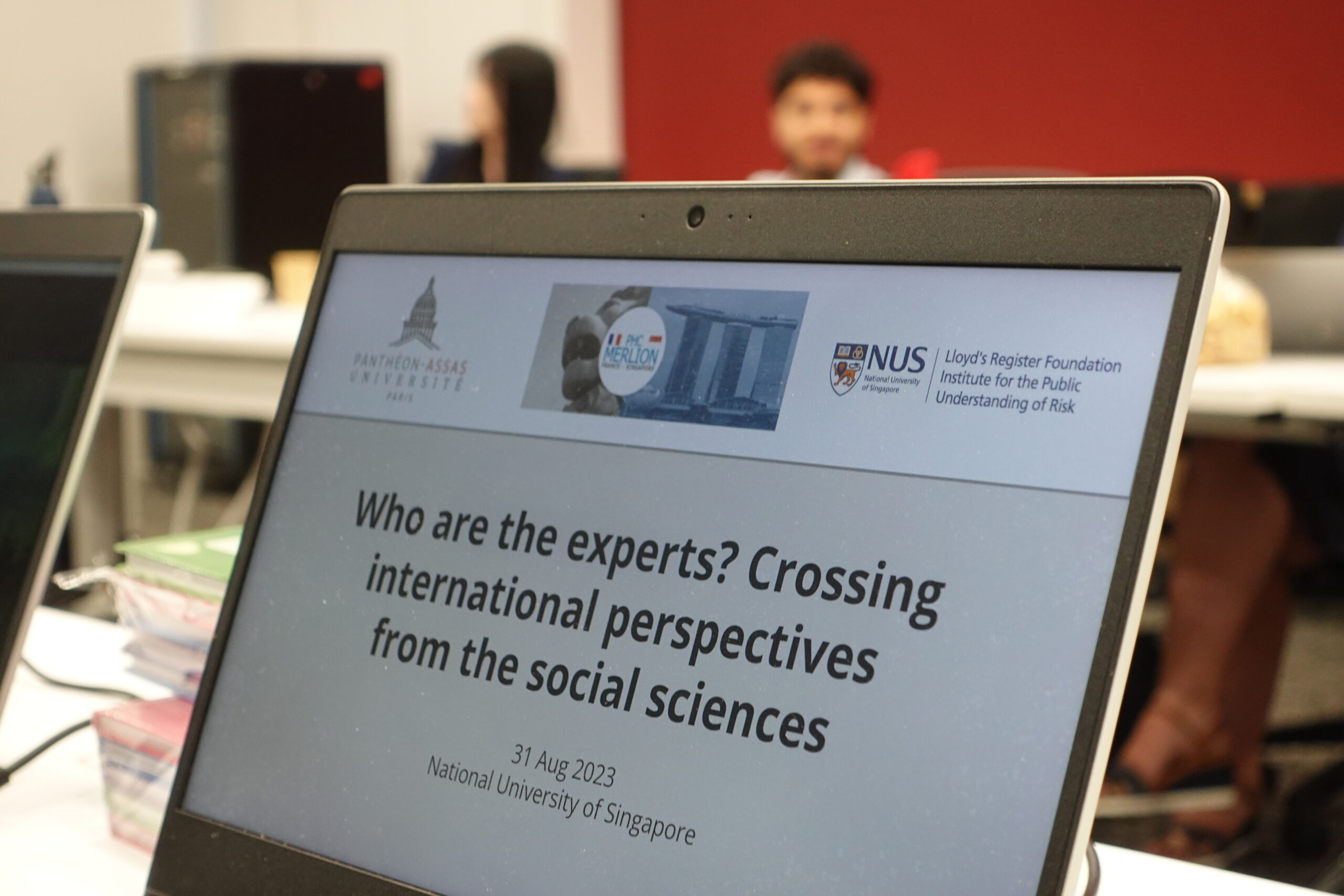Impact Stories
Navigating big data to understand people’s behaviour in mitigating health risk
Development of framework to apply across different industries to assess impact of interventions
Accurate and timely insight and feedback is required for effective policy calibration. As countries across the world race to combat the COVID-19 pandemic, critical insights on the effects of policy on people’s behavior are urgently needed.
Assistant Professor Jiang Shaohai (NUS Department of Communications and New Media) successfully employed a novel mixed-methods research framework to contribute to a timely study on knowledge about COVID-19, attitude towards health risk, disease prevention, and actual protective behaviours in China.
First trialed in a research project on perceptions towards HPV vaccinations in China funded by the Institute for the Public Understanding of Risk (IPUR), the framework utilises big data analytics in social media to guide survey development for quicker and more targeted research. The capabilities developed through the HPV project enabled Asst Prof Jiang to respond quickly in the early stages of the COVID-19 crisis to study the effects of policy on people’s risk perceptions and behaviour[1].
Complementing survey techniques with big data analytics
Social media is undisputedly an important communication channel where people discuss issues, and share information and their thoughts. The type of information disseminated often includes news and risk information, and is a barometer for what people are concerned about. Through big data analytics, specifically topic modelling around a subject of interest, Asst Prof Jiang is able to quickly navigate a sea of information to get a grasp of the types of information shared and discussed online.
“Through big data analytics, we can obtain some important insights, such as what topics related to COVID-19 are discussed on social media, what the network of such information dissemination on social media looks like, and what the overall sentiment toward the government’s crisis response is,” said Asst Prof Jiang.
The insights derived from big data analytics are used to ground and design surveys to study how people’s understanding, attitude, and behaviours are influenced by exposure to different types of information.
Through this mixed-methods framework, the team is able to design more targeted and effective studies to deliver timely insights.
Initial application of framework – HPV Vaccination in China
Asst Prof Jiang first collaborated with his colleagues from the Saw Swee Hock School of Public Health in 2019 to employ this framework in a research project funded by IPUR to understand the low take-up rate of HPV vaccination in China.
HPV is a common sexually transmitted virus and the leading cause of cervical cancer, the fourth most common cancer in women[2]. More cases of cervical cancer are diagnosed in China per year than in any other country, accounting for around 20% of all estimated cervical cancers diagnosed worldwide in 2018[3]. In May 2018, China’s Food and Drug Administration approved its first HPV vaccine but the uptake of the vaccination was low. Under its focused area on health risk, IPUR funded the project to study intervention measures to improve HPV adoption in China.
One policy recommendation arising from the study was for government and organisations to engage more actively in the social media sphere and disseminate HPV-related information. “Our survey results showed that HPV related information exposure on social media can help increase people’s understanding of the vaccine. However, it is also concerning that misleading or inaccurate information is not uncommon in the online environment, particularly from advertising and scandals reported in the media. Government agencies should continue to educate the public on HPV risk, prevention and control by providing reliable and understandable guidance,” shared Asst Prof Jiang.
It was also observed that people shared much information related to scandals of the HPV vaccine, and this would increase public worry and anxiety about the vaccine. Asst Prof Jiang warned that such sentiments could propagate rapidly, particularly if more influential users are sharing the information. He suggested government agencies to focus their efforts to reduce the number of HPV scandals through quality control measures, and to respond and manage such incidences in a timely manner.
Ongoing Work
The framework is versatile and can be applied across different subjects of interest, and can be adapted for longitudinal studies to assess the impact of interventions. While further studies are required to assess the effectiveness of government engagement efforts in social media to disseminate HPV-related information, the findings so far suggest benefits in raising awareness and understanding. Going forward, collaboration with government agencies using the framework could prove a boon to communicating accurate and evidence-based HPV-related information and other vaccines that have also borne the brunt of scandals. Furthermore, refinements to the framework to suit the needs of a specific subject can contribute to quicker policy calibration for decision makers and key stakeholders.
[1] https://onlinelibrary.wiley.com/doi/full/10.1111/irv.12785
[2] https://www.who.int/news-room/fact-sheets/detail/human-papillomavirus-(hpv)-and-cervical-cancer
[3] https://www.thelancet.com/journals/lanpub/article/PIIS2468-2667(19)30157-4/fulltext


